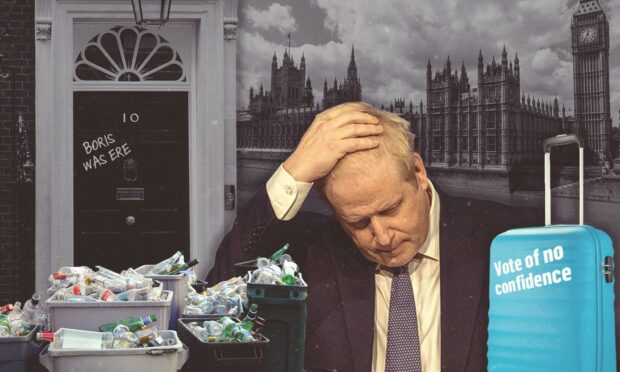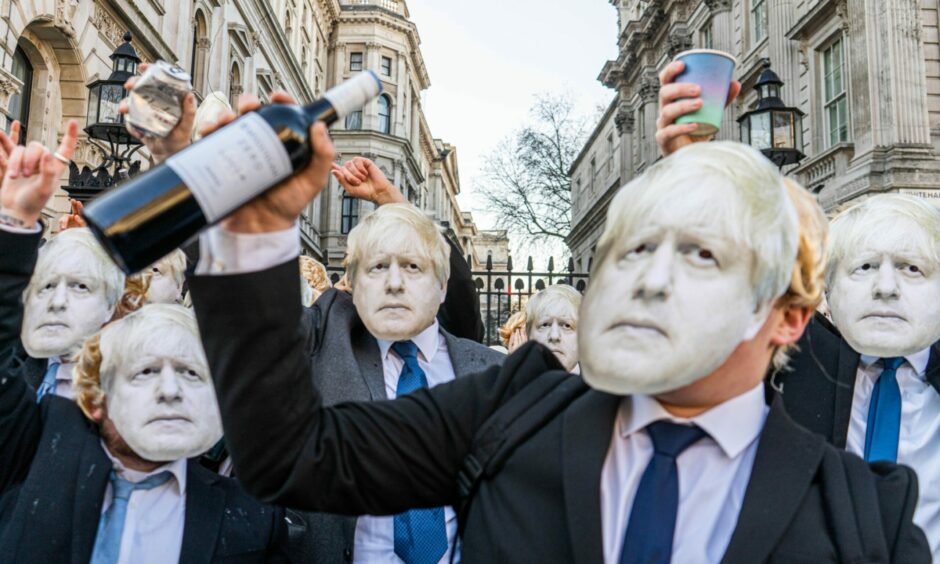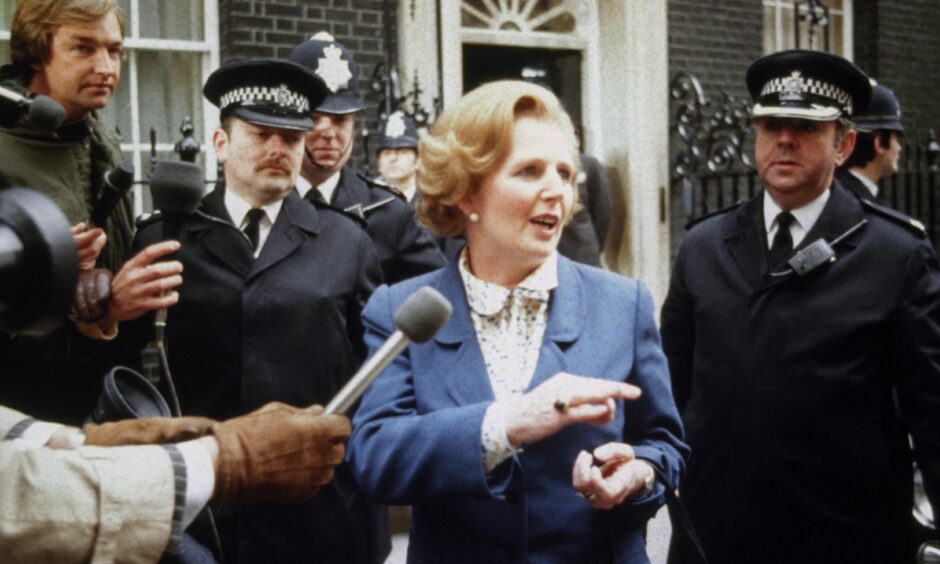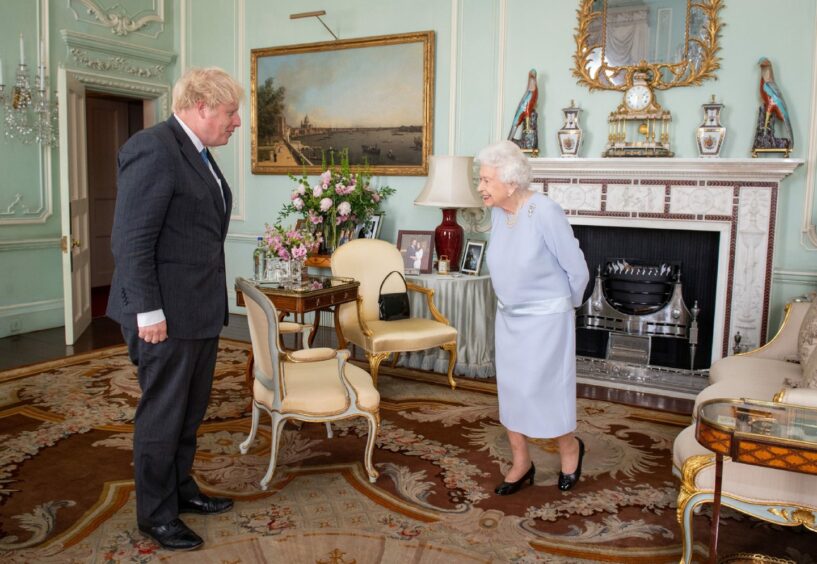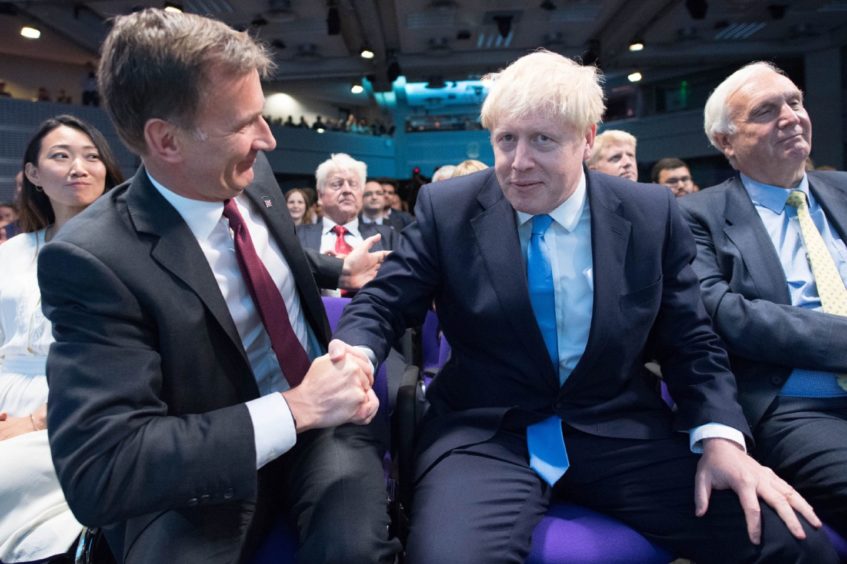Boris Johnson is facing mounting pressure to step down as prime minister but he appears determined to hold on to his job.
The Tory leader faced a string of damaging revelations about lockdown-busting parties.
He apologised for attending a garden gathering during lockdown in May 2020, and has been stung by a series of astonishing claims about behaviour in Downing Street.
Mr Johnson wants the public – and politicians – to wait for the findings of an inquiry led by civil servant Sue Gray.
It is not easy to get rid of a prime minister who does not want to go but there are ways a leader can be forced out, as we explain here.
Vote of no confidence
A motion of no confidence in Mr Johnson has already been tabled by the Liberal Democrats.
It’s a way of testing whether the prime minister and his cabinet still has the support of the House of Commons.
If the government loses, it has 14 days to try to win back the confidence of MPs through another vote but opposition parties can try to form their own alternative government.
After a fortnight, if no resolution is found, an election is automatically called.
Sir Ed Davey’s party proposed route can be a way of picking up public interest and media attention.
It states Parliament has no confidence in the prime minister as, according to the wording, he has “broken the Covid lockdown laws his Government introduced, misled both Parliament and the public about it, and disastrously undermined public confidence in the midst of a pandemic”.
Labour shadow health secretary Wes Streeting appeared to suggest it is not a strategy the party thinks will be successful.
MPs tend to vote along party lines during a confidence vote and Mr Streeting has suggested it could actually “galvanise” the Tories.
Given Mr Johnson has a working majority of about 80, Labour believes there are only three ways the prime minister could go: resigning of his own accord, a Tory leadership contest or by being voted out.
Mr Johnson has shown no signs of being prepared to quit and a general election is next pencilled in for 2024, meaning two of those three options appear to be off the cards.
Send for the men in grey suits
The term “men in grey suits” came into popular use following the resignation of Margaret Thatcher.
It describes the delegation of MPs who tell a party leader the time has come for them to stand down and is often used in reference to the influential group of Tory backbench politicians known as the 1922 Committee.
The arcane sounding rules state a total of 54 letters of no confidence would have to be submitted to chairman Sir Graham Brady for a vote to be held.
If the prime minister lost that majority poll, a leadership contest would be triggered, with Mr Johnson unable to run as a candidate.
That could be a risky tactic because if Mr Johnson survived that bid to oust him, he would be granted a 12-month reprieve from any future party no confidence votes.
Mr Johnson’s predecessor, Theresa May, had her no confidence vote triggered 18 months after she lost her majority in a snap general election but survived the vote.
Sir Graham Brady does not publicly state how many letters he has received but reports suggest about 20 may have been handed in so far, meaning the threshold for a no confidence vote is still some way off.
The Tory pressure valve
The Conservative Party likes to win elections. Many MPs who were not necessarily fans of Mr Johnson’s character were prepared to hold their nose and back him as leader when he appeared popular with voters,
The problem for the prime minister is that his own personal approval ratings have plummeted at the same time voters have turned away from the Tories.
His approval ratings are now lower than the worst ever recorded for Ms May, while the Conservatives have fallen at least 10-points below Labour in a series of polls.
Mr Johnson was hailed for breaking down a so-called red wall of traditionally Labour-voting constituencies to see a number of areas vote in a Conservative MP for the first time in their history.
Much of that was said to be down to Leave voters lending their support to Mr Johnson to ‘get Brexit done’ but it appears that group has also now turned on the prime minister.
Boris Johnson has survived a number of scandals in recent months but none of them have hit Tory electoral hopes in the way partygate has.
As a result, the party has never looked more likely to drop him.
Could the Queen sack him?
The last time a prime minister was removed on a monarch’s own authority in the UK was in 1834.
Experts are split on whether the Queen would have the powers to do this today.
It was reported in 2019 that the Queen asked aides for clarification on when and how a prime minister could be dismissed after a court hearing ruled Mr Johnson had unlawfully prorogued Parliament.
Professor Robert Hazell from University College London argued it may be possible but only if the prime minister refused to step down after losing a vote of no confidence – something that is highly unlikely.
What happens next?
If Mr Johnson does decide to step down as Conservative leader, it does not necessarily mean he will immediately quit as prime minister.
Tory MPs would hold a contest to choose a new leader – and therefore the new prime minister, without an election.
Some have suggested Mr Johnson could time the date of his departure to protect his successor from the heat of the impending cost of living crisis.
When Ms May resigned as Tory leader in 2019 she remained caretaker prime minister until her successor was chosen.
If Mr Johnson took the extreme step of resigning before a successor is chosen, the cabinet manual says it is “for the party or parties in government to identify who can be chosen as the successor”.
This could mean deputy prime minister Dominic Raab, who stood in for Mr Johnson when he was ill with Covid, being given the top job again on a temporary basis.
Opposition parties would likely push for a general election.
But with Labour performing so strongly in the polls, it’s likely the Conservatives would want to avoid this at all costs.
How Tory civil war threatens Scottish party and puts pressure on the union
